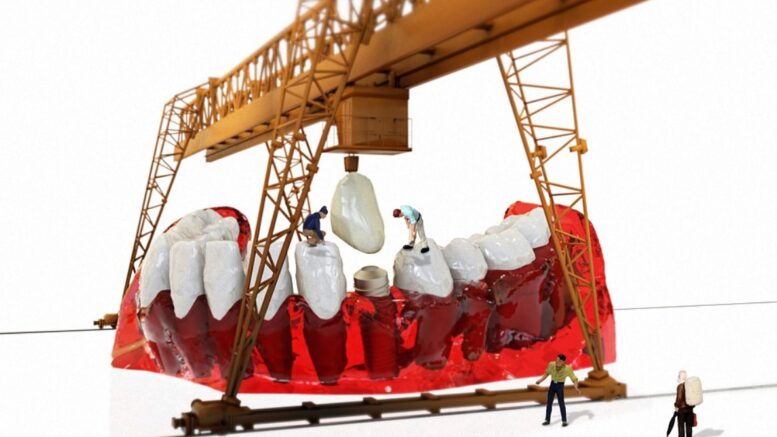When there’s a nick or chip in the tooth, it’s often hard to go on with your day without discomfort. Right from its function to the way it looks, you’re never going to be at ease till you’ve sorted it out.
That’s where dental crowns come in. Note that your teeth already possess a crown (the top part of the tooth), so it’s only fitting that this dental implant be named after the part of the tooth it’s replacing.
Brief Look at Dental Crowns
It’s not just about standing in for your damaged or chipped tooth; dental crowns also replace the functionality of the missing piece. Think of it as a hood that covers the entire tooth and confers protection.
It’s especially used to cover up and restore weak and decaying teeth. Since the crown will be fitted over the tooth, part of the procedure involves scrapping off a small piece of the enamel before the crown is put in place.
Exploring Different Dental Crown Options
1. Metal Crowns
When looking for sturdy and durable dental crowns, there are a few that can top metal crowns on this list. Several metals, including gold, nickel, and palladium, are used to create metal crowns.
They withstand high levels of biting force, so you don’t need to hold back while eating, and they’re resistant to wear and tear. One drawback is the metal colour, so don’t expect uniformity. It’s, however, used for molars because they sit at the back of the mouth.
2. Resin Crowns
These are more sought after as temporary solutions. They’re not the strongest, but they make up for it in affordability and easy blending with your teeth. Again, they’re fragile, so you should only go for them for minor cases that need a few years to restore.
3. Porcelain/Ceramic Crowns
These are the most common and are more or less the sweet spot in dental crown installation. Firstly, these crowns have the closest resemblance to natural teeth. Also, they offer a reasonable level of durability, so you can use them for years to come.
As strong as they are, porcelain/ceramic crowns are gentle on the teeth, so worries about wear and tear are immediately removed.
What Goes on During the Dental Crown Procedure?
The procedure involves the following steps:
- Firstly, tiny bits of your enamel are scrapped/removed to create space for the crown.
- This creates the foundation and can be improved by using filling materials to build up the tooth for bonding to the dental crown.
- A physical or digital impression of your tooth is taken and sent to the lab for the preparation of a custom-fit crown.
- While this goes on, dental centres like One Dental offer temporary dental crowns which serve you for the few weeks you’re waiting.
- Once completed, the dental crown is inspected to see if it’s a good match
- The temporary crown is removed, and in goes the real deal. Binding is achieved using strong materials like dental cement.
Perks of Getting Dental Crowns
Dental Crowns are appreciated for the following reasons:
- Long-lasting solution for tooth problems.
- It restores, enhances, and maintains teeth appearance.
- Helps improve biting and chewing functions.
- Useful for treating broken or worn-out teeth.
- Prevents tooth erosion.
Article edited and fact checked by our editorial team.
References:
- Lynch CD, Hale R, Chestnutt IG, Wilson NHF. Reasons for placement and replacement of crowns in general dental practice. Br Dent J. 2018 Aug 10;225(3):229-234. doi: 10.1038/sj.bdj.2018.541. PMID: 30095124.
- Collares K, Correa MB, Bronkhorst EM, Laske M, Huysmans MDNJM, Opdam NJ. A practice based longevity study on single-unit crowns. J Dent. 2018 Jul;74:43-48. doi: 10.1016/j.jdent.2018.05.013. Epub 2018 May 22. PMID: 29800638.
- McCracken MS, Louis DR, Litaker MS, Minyé HM, Mungia R, Gordan VV, Marshall DG, Gilbert GH; National Dental Practice-Based Research Network Collaborative Group. Treatment recommendations for single-unit crowns: Findings from The National Dental Practice-Based Research Network. J Am Dent Assoc. 2016 Nov;147(11):882-890. doi: 10.1016/j.adaj.2016.06.012. Epub 2016 Aug 1. PMID: 27492046; PMCID: PMC5086281.
